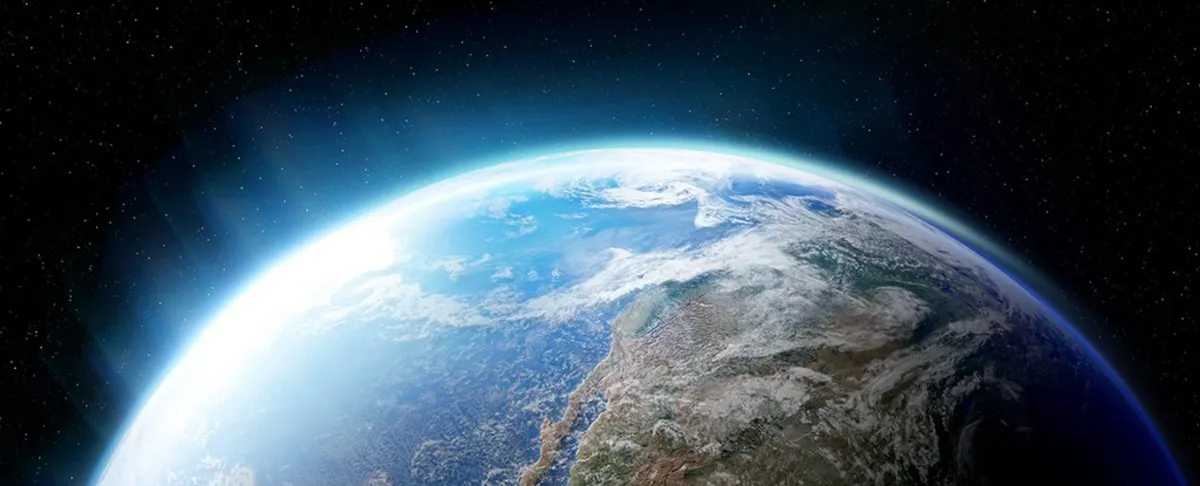
Currently, complex life thrives on our planet, largely due to its abundant supply of oxygen. However, Earth’s atmosphere has undergone significant changes over billions of years, and scientists predict that it will eventually revert to conditions similar to those before the Great Oxidation Event (GOE), around 2.4 billion years ago. While this transformation is not expected to occur for at least another billion years, research published in 2021 suggests that when it does happen, it will occur fairly rapidly.
The Great Oxidation Event marked a pivotal moment in Earth’s history when atmospheric oxygen levels rose significantly, allowing complex organisms to thrive. Environmental scientist Kazumi Ozaki from Toho University in Japan noted that discussions surrounding the lifespan of Earth’s biosphere often consider the gradual brightening of the Sun and the global carbonate-silicate geochemical cycle. According to Ozaki, this theoretical framework indicates a steady decline in atmospheric CO2 levels, which will ultimately lead to global warming on geological timescales.
The researchers involved in this study have concluded that atmospheric oxygen is unlikely to remain a permanent feature of habitable worlds. This realization has profound implications for our search for life beyond Earth. The study suggests that a decline in atmospheric O2 is likely to precede the onset of moist greenhouse conditions and the significant loss of surface water, marking a critical turning point for life as we know it.
To arrive at their conclusions, the research team conducted detailed models of Earth's biosphere. They factored in the Sun's increasing brightness and the corresponding reduction in carbon dioxide levels as the gas is broken down by rising temperatures. With less carbon dioxide, photosynthesizing organisms, such as plants, will diminish, leading to a sharp decline in atmospheric oxygen levels.
Scientists have previously forecasted that enhanced solar radiation may cause Earth's oceans to evaporate within the next two billion years. However, the current model, based on around 400,000 simulations, indicates that the decline in oxygen levels will pose a more immediate threat to life. Earth scientist Chris Reinhard from the Georgia Institute of Technology emphasized the severity of this decline, predicting that oxygen levels may drop to approximately one million times less than current levels.
This study is especially relevant today as astronomers enhance their search for habitable planets outside our Solar System. As more powerful telescopes come online, scientists must determine what biosignatures to look for in the data collected. The researchers suggest that we may need to consider factors beyond oxygen to effectively identify signs of life on exoplanets. Their findings are part of the NASA NExSS (Nexus for Exoplanet System Science) project, which aims to understand the habitability of planets beyond Earth.
According to the calculations conducted by Ozaki and Reinhard, the oxygen-rich history of Earth may only last for about 20-30% of the planet's total lifespan. Interestingly, microbial life is expected to persist long after humans and other oxygen-dependent organisms have vanished. Following the anticipated great deoxygenation, Earth will likely transition to an atmosphere characterized by elevated methane levels, low carbon dioxide, and a lack of ozone layer, leading to a world dominated by anaerobic life forms.
This groundbreaking research, published in Nature Geoscience, provides critical insights into the long-term evolution of Earth's atmosphere and its implications for life. As we continue to explore the cosmos, understanding the dynamics of our own planet's biosphere will be essential in the search for life elsewhere in the universe.